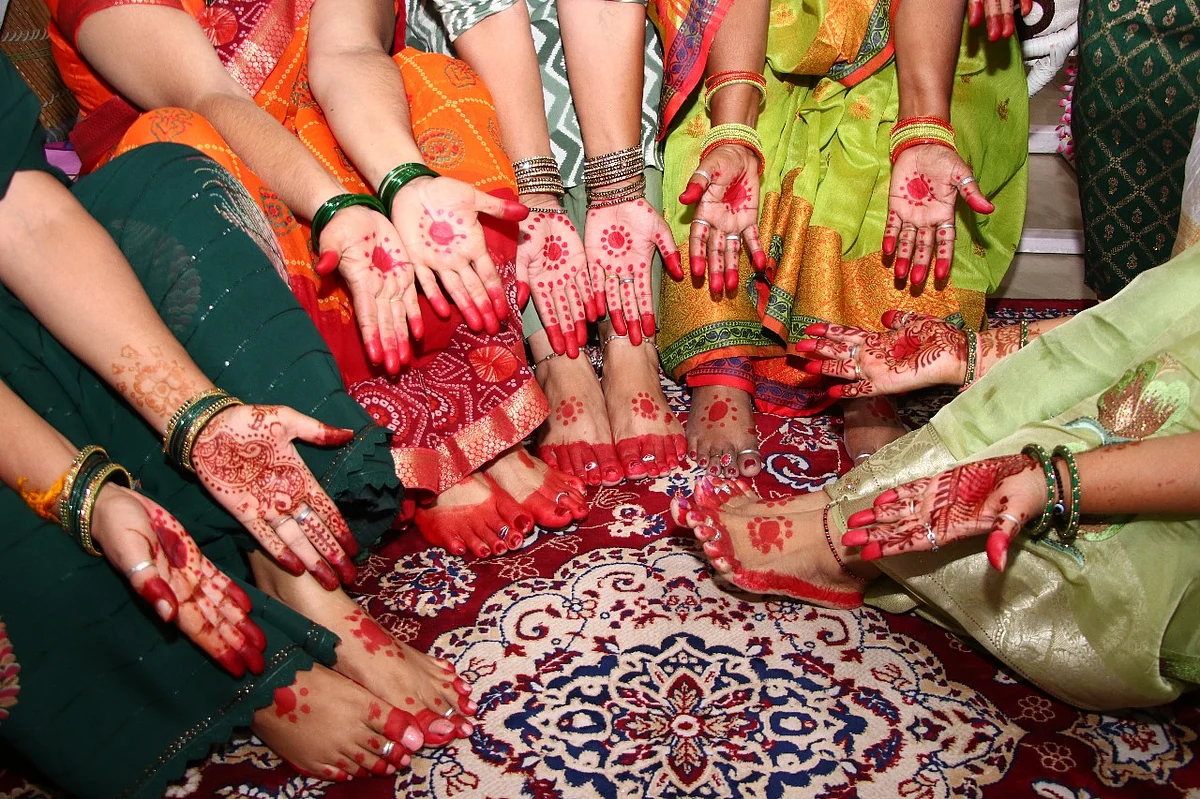Hariyali Teej, as its name suggests, is celebrated in the month of Sawan according to the Hindu calendar, which typically falls in July to August when we experience the maximum monsoons of the season. Hariyali Teej is typically celebrated in the northern Indian states of Rajasthan, Haryana, Punjab, Bihar, Jharkhand, Mahdya Pradesh, and Uttar Pradesh. Jaipur, the capital of Rajasthan, is well known for its Teej-related festivities.
Significance Of Teej
Teej is an auspicious festival celebrated with fasting, prayers, and sacred rituals for the well-being of their husbands and children. It is believed that Teej is a celebration of the pure bond shared by Devi Parvati and her husband, Lord Shiva. Teej is celebrated in remembrance of Parvati's dedication and devotion to Lord Shiva. This represents that in modern day and age, married women seek blessings during Teej festivities to have a desirable marriage and husband, along with health and prosperous wishes for their children.

Hariyali Teej Celebration | X
How To Prepare For Teej?
During the Teej festivities, women often dress up in green outfits and fancy themselves with accessories, along with varieties of mehendi designs being applied to their hands and feet. The women can then be seen singing festive folk songs and enjoying swings hung from trees that are beautifully decorated with flowers, paints, and leaves.
What Is The Shubh Muhurat For Hariyali Teej 2024?
Hariyali Teej is typically celebrated two days before Nag Panchami. Teej is observed on Shukla Paksha Tritiya. According to Drik Panchang, a well-known Hindu calendar website, the Shubh Muhurat starts at 7:52 PM on August 6, Tuesday, and ends at 10:05 PM on August 7, Wednesday.
Why Is Hariyali Teej Celebrated?
According to ancient folklore, Mata Parvati took 107 births due to Lord Shiva's atonement. Eventually, at Devi Parvati's 108th birth, she was able to win Lord Shiva and came to be known as ‘Teej Mata’. It is believed that Parvati married Shiva on her 108th birthday during the Shukla Paksha Tritiya of Shravan.
Parvati travelled to the Himalayas to symbolise unwavering love and made a Shiva Lingam from the sand. In her past lives, the goddess had renounced worldly ties and lived on dry leaves to win Shiva's love. However, Lord Shiva had remained unaware due to his vow of celibacy.
But after seeing her continued devotion and considering her sincere fasting and rituals, Lord Shiva accepted Parvati as his wife
.jpg?width=1200)









